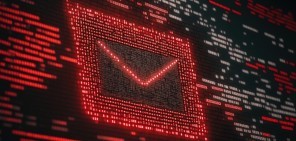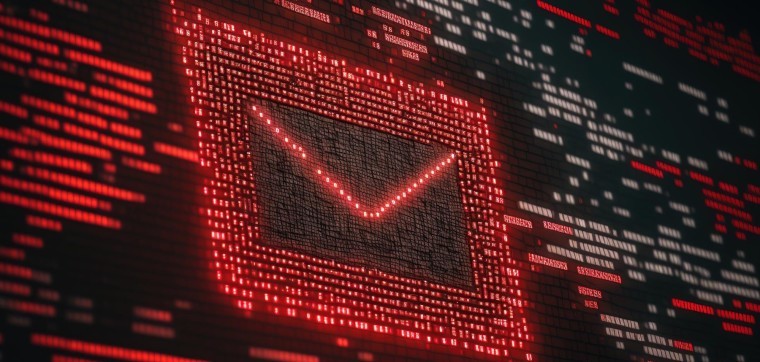With the ever-growing number of cyberattacks, more and more businesses understand that they need to take appropriate steps to create a secure IT environment and infrastructure. Every company can be affected regardless of size and industry. However, other organizations are also at high risk of being targeted by cyberattacks. With the increasing online exposure of the education sector, schools, colleges, and universities have also become vulnerable to cyberattacks.
Importance of protecting data
Educational institutes access, stores and use lots of data when it comes to students' and staff personal information, including the data of minors. Besides personal information, they also hold financial data, educational data and intellectual property. Therefore, it is imperative to build strong cybersecurity infrastructure, that can protect them against risk. Moreover, the widespread internet usage by students, faculty, staff, and visitors across networks provides more loopholes to attackers.
In order to better protect themselves, educational institutes need to be aware of the potential risks of their operation and identify security risks. According to Microsoft[1], these are the most common cyberattacks:
- Phishing: exploits human emotions and impulsiveness to gather user identities or to open a corrupted attachment.
- Baiting: infected USB drives are left in public places, in hopes that someone will insert them into a computer or through the downloading of free files infected with malicious software.
- Ransomware: a malicious software that allows attackers to gain control of a computer or network, which they then hold ransom for a fee.
- Watering hole: attackers inject malicious code into the public pages of a site. When a victim visits the compromised site, that code is installed on their computer.
- Pretexting: creates a fake scenario to gain user trust to steal personal information.
How to secure data
As cyberattacks are constantly evolving so are the security systems. The number of available software and measures may seem complex, however, there are some practical approaches schools can take to create a layer of security.
1. Strong passwords
When signing into email accounts, online profiles, the institution’s intranet or app, using strong passwords is the most basic requirement and a very important one that can actually make a difference when an unauthorized user is trying to access to those accounts.
2. Multi-factor authentication
Apart from having strong passwords, authentication also helps to add an extra layer of security to the systems. When logging into the network of institutions, authentication should not end with just entering passwords; there should be the next level of authentication.
3. Training
Ensuring every student, faculty, and staff knows how to spot suspicious online activity and resolve it. Educational institutions must organize cyber training for their IT staff to quickly mitigate online threats and build a cyber incident response plan.
4. Security solution
Having proper cybersecurity tool in place, like a firewall to prevent unauthorized individuals from accessing the organization’s data or antivirus software is also important. These solutions will allow the internal systems to block malware and viruses that could result in expensive damage, financial and reputational.
Find out how cybersecurity tools and measures can support the secure operation of your school by scheduling a meeting with us, or check out how our experts modernized higher education to support digital transformation.
[1] 3 Keys to Security and Compliance for Your School ebook, Microsoft









